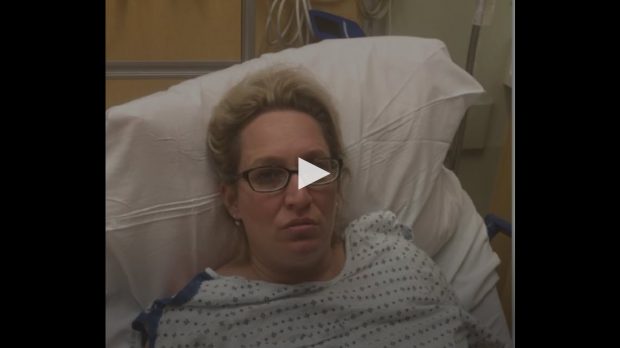The NCCPA™ Gastroenterology and Nutrition PANCE Content Blueprint covers three topics associated with the gallbladder
| Acute and chronic cholecystitis | Patient will present as → a 40-year-old female presents with a 24-hour history of constant, severe right upper quadrant abdominal pain. She describes the pain as sharp and radiating to her back, worsening after meals. She also reports a low-grade fever and nausea. Her past medical history includes multiple episodes of similar, but less severe, pain. On examination, she has a fever of 38.2°C (100.8°F), and her right upper quadrant is notably tender with a positive Murphy’s sign. Laboratory tests show elevated white blood cell count and mild elevation in liver enzymes. An abdominal ultrasound reveals a thickened gallbladder wall and gallstones, consistent with acute cholecystitis. She is admitted for intravenous antibiotics and surgical consultation for cholecystectomy. Inflammation of the gallbladder, usually associated with gallstones Presentation:
Diagnosis:
Treatment: Cholecystectomy (first 24-48 hours) |
| Cholangitis | Patient will present as → a 58-year-old male with acute onset of abdominal pain associated with fever and shaking chills. The patient is hypotensive and febrile with a temperature of 102.2 ° F. Although he is confused and disoriented, he complains of right upper quadrant pain during palpation of the abdomen. His sclerae are icteric and the skin is jaundiced Infection of biliary tract secondary to obstruction, which leads to biliary stasis and bacterial overgrowth
Presentation:
Diagnostic studies:
Treatment: Cholangitis is potentially life-threatening and requires emergency treatment
Primary sclerosing cholangitis
|
| Cholelithiasis | ReelDx Virtual Rounds (acute cholelithiasis)Patient will present as → a 43-year-old woman who comes to the emergency department with a 12-hour history of right upper quadrant (RUQ) abdominal pain. The pain is severe now but waxes and wanes and is associated with nausea and some episodes of vomiting. The pain sometimes radiates through to the back. She feels warm but has not checked her temperature. There is no diarrhea. Her last bowel movement was 1 day ago and was normal. The patient has no similar history in the past. On examination, the patient is an obese young woman in some discomfort. Her vital signs reveal a temperature of 100 ° F and pulse of 102 beats/ minute. Her blood pressure is 130/70 mmHg, and her respirations are 18 breaths/minute. There is no scleral icterus. The chest is clear, and the cardiovascular examination is normal. Abdominal examination reveals marked upper abdominal tenderness with guarding, especially in the RUQ. On palpation of the RUQ of the abdomen when the patient is asked to take a deep breath, there is a marked increase in pain. The bowel sounds are present but seem slightly sluggish. The patient has no drug allergies and is not taking any medications at present. A precursor to cholecystitis, cholesterol stones account for > 85% of gallstones in the Western world
DX: RUQ ultrasound - high sensitivity and specificity if >2 mm. CT scan and MRI TX: Asymptomatic—No treatment necessary
|


